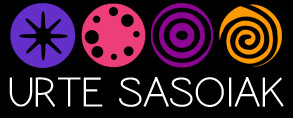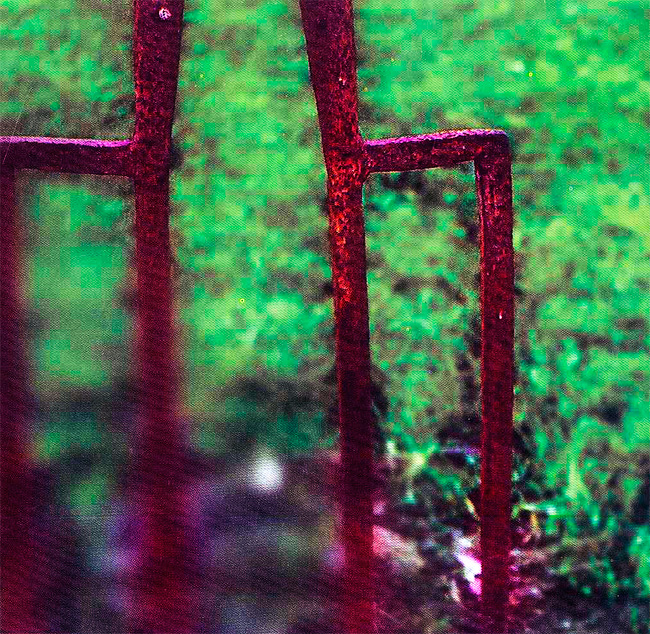The legacy of a group or society acquired as a result of centuries of interaction with the surrounding environment (songs, dances, beliefs, costumes, rituals, and so on) constitute the cultural heritage of a people inherited from past generations, maintained in the present and bestowed for the benefit of future generations.
We therefore emphasize the relevance of gathering the valuable treasures hidden throughout the Basque territory, in particular, the local heritage and traditions associated to the main seasons of the year, in order to adapt and make them accessible to the public as exemplary models to be used as primary resources in educational programs.
Euskal Herriko Ikastolen Elkartea and Labayru Ikastegia have since long worked together in the research of Basque cultural heritage and the traditional calendar in an endeavour to make them available for the enjoyment of our people. In this mission special attention is paid to design, so that the outcome comes across as fresh, adequate and updated.
As a result of our teamwork, the project known as Urte-sasoiak (The seasons of the year) became a reality between 1997-2000 with the publication of a video, a CD and a booklet on a season each year. The published material was, therefore, available in video, audio and printed format.
Following in the footsteps of past efforts, both institutions have once again come together with the ambitions and objectives expressed in our last enterprise and eager to take a step forward. With that purpose, we have created the website www.urtesasoiak.com, which gathers texts, images, audios and videos released in the past and quite a few new images added for this edition, all in good harmony.
The information was originally meant to be used as a teaching resource. This time, though, by means of this digital edition we wish to reach users from all walks of life: teachers, students, researchers, Basque culture loving people and anybody with an appetite for learning. In fact, its substantial content includes seasonal practices observed throughout the Basque territory.
This new undertaking encloses every previous element but enriched with interesting additional possibilities: video, audio and text are practicable by topic; the work is presented in four languages (Basque, Spanish, French and English); and the website makes the data accessible from anywhere in the world.
Let the present be our latest contribution to help enrich the knowledge of Basque culture.
Euskal Herriko Ikastolak EKE
Labayru Ikastegia



